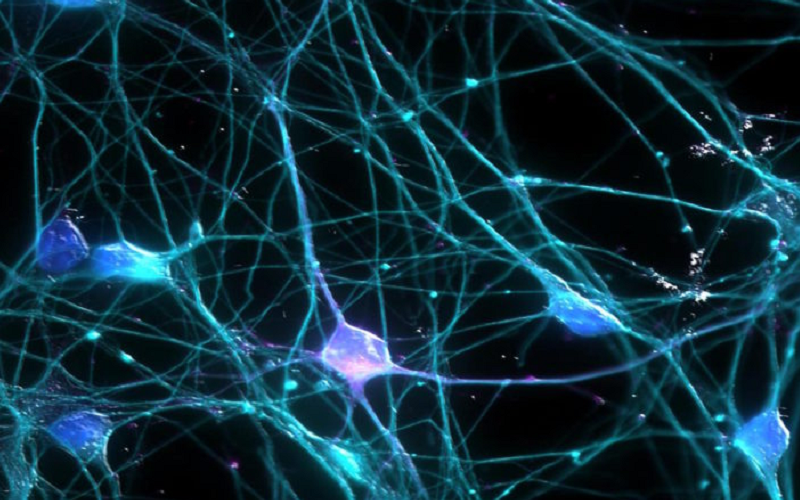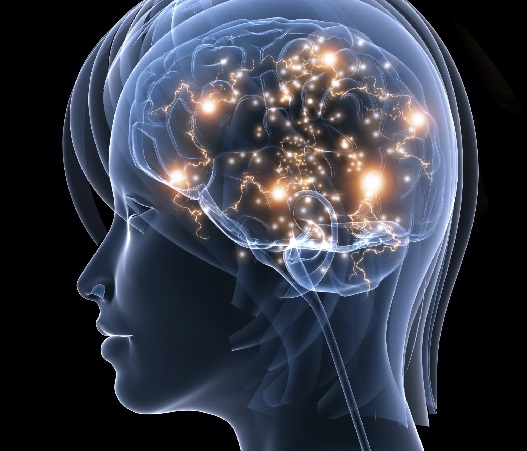
neuroscience 1
“How can a three-pound mass of jelly that you can hold in your palm imagine angels, contemplate the meaning of infinity, and even question its own place in the cosmos?” pondered the neuroscientist vs. Ramachandran. His quest for an understanding of the brain, like that of many others, represents our basic human desire to comprehend the mystery of the most complex volume of matter in the entire universe.
It is no wonder that neuroscience has emerged as the queen of all biological disciplines, and yet is not content to be defined as such. It transcends simple biology and encompasses intersecting fields from mathematics to informatics, imaging to psychiatry, stem cells to neurosurgery.
While there already exist journals dedicated to basic neuroscience, and journals dedicated to clinical neurosurgery, our collective medical literature lacks a comprehensive repository for neuroscience knowledge and research pertaining to clinical neurosurgery. This new International Neuroscience Journal has the lofty goal of attempting to be just that, a nexus of sorts for all things in neuroscience that are relevant to the neurosurgeon of today, whether his/her interests relate to basic science, translational research or clinical practice.
This will be the Journal of the well informed, well educated neurosurgeon, who wants and needs to know what is going on in international neurosurgery and its allied disciplines, what new knowledge touches, influences, impacts or potentially transforms various neurosurgical disciplines. In our globalized world, this will become the Journal of the “Neurosurgeons sans frontières”.

On behalf of our colleagues in the US Editorial Board, we are proud to be part of this endeavor and it gives us great pleasure to review very briefly some broad historical strokes in the genesis of American Neuroscience. The pure history of American Neurosurgery deserves another time, another place, another editorial.
As a tamping iron 43 inches in length, 1.25 inches in diameter, and weighing 13.25 pounds exploded into Phineas Gage’s left cheek, through his brain, and dozens of feet away, thus began the study of neural science in the United States of America. The physician who attended him that September day in 1848, John Martyn Harlow, noted that Gage’s friends found him “no longer Gage,” and that the balance between his “intellectual faculties and animal propensities” had vanished. He could not stick to plans, uttered “the grossest profanity,” and showed “little deference for his fellows.”
The railroad-construction company that employed him refused to take him back, and Gage eventually died after several seizures at the age of 36. His case introduced the link between brain injury and personality change, and in time, Gage became the most famous patient in the annals of neuroscience. Today, the tamping iron and Gage’s skull are displayed at the Warren Anatomical Museum at Harvard Medical School.
Any description of the study of the brain in the United States must begin with some of the most famous patients in all of neuroscience, Phineas Gage being the earliest. Approximately 1 century later, Henry Molaison underwent bilateral mesial temporal lobe resections for medically-intractable epilepsy since late childhood. His resultant declarative amnesia is one of the most-studied cases in all of neuroscience. Postoperatively, semantic memory for the years preceding the operation was preserved, while he could not retrieve any episodic autobiographical memories. He was profoundly impaired in learning new episodic and semantic information, but gradually acquired a few new facts and familiarities, though his declarative memory never recovered.
Approximately 50 “split-brain” patients, as described in Psychology Today, contributed immeasurable knowledge through study by Michael Gazzaniga with his mentor, Roger Sperry. In 1981, Roger Sperry of the California Institute of Technology was awarded a Nobel Prize in Physiology or Medicine for their work on these patients having undergone corpus callosotomy3. One patient, W.J., was a World War II paratrooper developed seizures following a head trauma. Post-operatively, he was able to press a button in response to stimuli shown in the right visual field, and could verbally report what he had seen.
However, when the stimuli were flashed to the left visual field, he pressed the button, but could not verbally report having seen anything, though he could point to the correct stimulus when presented with a selection of options. Another of their most memorable cases, P.S., was a teenage boy who showed that language comprehension is possible in the right hemisphere by spelling the name of his crush, “Liz”, using Scrabble tiles, though he could not physically speak her name.
A number of other Americans have been awarded Nobel Prizes for their contributions to the neurosciences over the last century or so. In 1921, Herbert Gasser joined his former college professor, Joseph Erlanger, to characterize the electrophysiologic properties of neurons. Gasser and Erlanger developed the cathode ray oscilloscope, combining a three-stage vacuum tube amplifier with a heated cathode ray tube, creating an “inertialess method” to study electrical impulses in nerves. They established differences in excitability between nerves serving separate functions. See this Nature article for more on neuroscience and psychology.
For this work, Gasser and Erlanger shared the Nobel Prize in Physiology or Medicine in 1944. Gasser went on to study the relationship between nerve conduction velocity and axon diameter, and to study the unmyelinated “C” fibers that mediate the pain response. On a side note, the story goes that the “C” potential was uncovered by a laboratory trainee accidentally turning the electrical stimulus too high.
For continued reading on this topic, go to Part II of this article.
